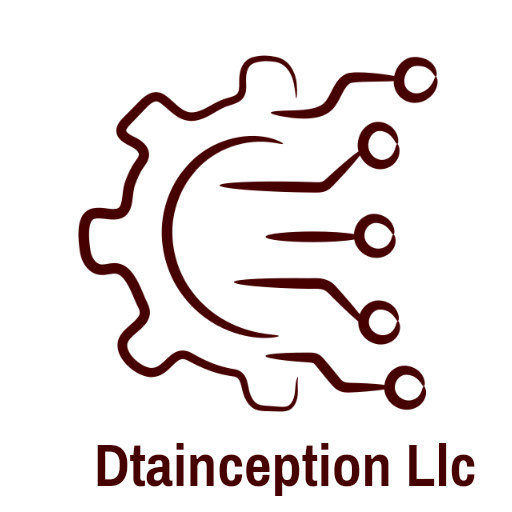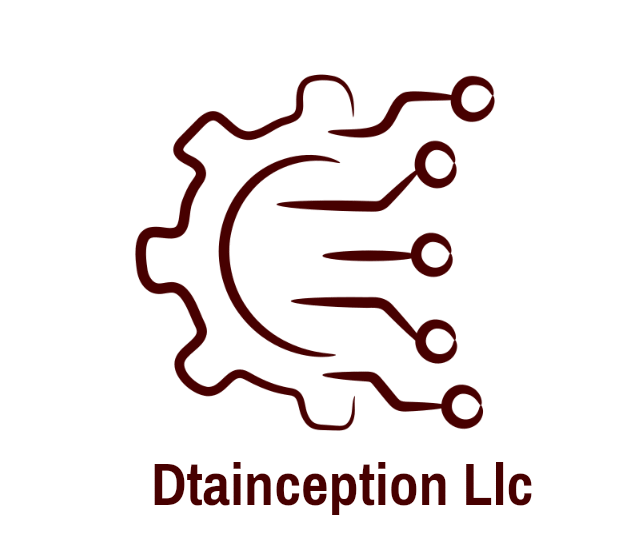
Overline
Building an Enterprise-Level Data Pipeline: Our Approach to Scalable Data Engineering
As we expand our data capabilities across various business domains, designing and implementing robust, scalable, and efficient data pipelines has become a top priority. After rigorous research and development, we built an enterprise-level data pipeline tailored to handle large volumes of data—both in real-time and batch formats.
In this post, I’ll walk you through the strategy we used, the tools we chose, and how we overcame the common challenges of building such a pipeline.
Below is a high-level overview of the key phases and technologies involved in building this pipeline:
Why a Scalable Data Pipeline?
In today’s data-driven world, organizations need fast, reliable access to clean data to make smarter decisions. Whether it’s for real-time dashboards or historical analytics, the foundation of that capability lies in a well-architected data pipeline.
During development, we found that for processing large-scale datasets, batching data and handling tasks in chunks—using multithreading and distributed processing—was the most effective approach. It improves performance and ensures consistency across different stages of the pipeline.
Step-by-Step: How We Built It

1. Defining Pipeline Objectives and Architecture
We began by identifying core business objectives, such as enabling real-time analytics, batch reporting, and predictive modeling. We then designed a modular, scalable architecture that aligns with these objectives, focusing on both streaming and batch data capabilities.

2. Provisioning AWS Infrastructure
We used Amazon Web Services (AWS) to set up the core infrastructure:
- EC2 for compute resources
- S3 for data storage
- EMR for running Apache Spark
- MWAA (Managed Workflows for Apache Airflow) for orchestration
Security, IAM roles, and VPC networking were also configured to ensure safe and efficient communication between services.

3. Kafka-Based Data Ingestion
We deployed Apache Kafka (via AWS MSK or EC2) to facilitate both real-time and batch data ingestion from diverse sources. Each data stream was assigned a dedicated topic, and producers (e.g., application services or connectors) were configured to publish data reliably to these topics.

4. Scalable Data Processing with Apache Spark
Apache Spark was deployed on Amazon EMR to support distributed and parallel data processing. Spark jobs were developed to perform transformation, cleaning, and enrichment of the ingested data.

5. Integration of Spark and Kafka
To enable seamless stream processing, we utilized Spark Structured Streaming to read directly from Kafka topics. Libraries and connectors were carefully managed to ensure efficient integration between Spark, Kafka, and AWS components.

6. Persisting Cleaned Data to S3
Processed data was written to Amazon S3 using columnar formats such as Parquet and ORC, which are optimized for analytics workloads. We implemented partitioning strategies to support faster querying and data exploration.

7. Workflow Orchestration with Apache Airflow
Airflow (hosted on EC2 or via MWAA) was used to orchestrate and schedule the end-to-end pipeline tasks. DAGs (Directed Acyclic Graphs) were created to automate the triggering of Spark jobs, Kafka monitoring, and S3 data loading.

8. Monitoring, Logging, and Alerts
For operational visibility, we leveraged Amazon CloudWatch along with Airflow’s native monitoring features. This setup allowed real-time tracking of job performance, execution status, and failure alerts, ensuring prompt resolution of issues.

9. Data Access Enablement
To facilitate consumption by downstream systems, the pipeline automatically loads processed data into data warehouses such as Amazon Redshift and Snowflake. This makes the data available for business intelligence tools, analytics dashboards, and API endpoints.

10. CI/CD and Ongoing Maintenance
CI/CD processes were implemented using Jenkins to automate deployment of code changes, configuration updates, and environment provisioning. Regular reviews and performance optimizations were performed to ensure scalability and cost-efficiency.

About the Author
Shilpa Morisetti
Shilpa Morisetti is a seasoned Product Owner with a strong passion for building data-driven solutions that drive business growth and operational efficiency. With a background in product strategy, agile development, and cross-functional leadership, Shilpa plays a pivotal role in shaping and delivering innovative tech products at Data Inception LLC.
She brings a unique blend of business insight and technical acumen, helping teams turn complex requirements into scalable, user-centric data platforms. Most recently, she led the product vision for our enterprise-level automated data pipeline, contributing critical insights that guided the project’s success from planning to production.
Shilpa is a strong advocate for collaboration, continuous improvement, and leveraging technology to simplify decision-making for small and medium-sized businesses

About the Author
Venkata Vikyath
Venkata Vikyath is a skilled Lead Data Engineer and Solution Architect with deep expertise in building scalable, high-performance data infrastructure. As the technical lead behind the enterprise-level data pipeline at Data Inception LLC, Vikyath was responsible for designing and architecting the entire system—from ingestion to orchestration and analytics.
With hands-on experience in technologies like Apache Kafka, Spark, Airflow, AWS, and MLflow, Vikyath combines technical precision with a strategic mindset to solve complex data challenges. His work empowers organizations to turn raw data into actionable insights through automation, scalability, and performance.
Vikyath is passionate about clean architecture, efficiency at scale, and staying at the forefront of data engineering innovation. His leadership and problem-solving approach were instrumental in delivering a production-ready pipeline that meets modern business needs.
